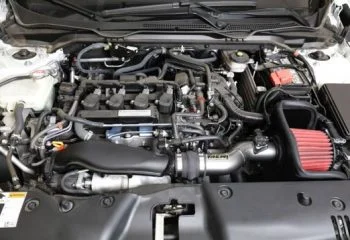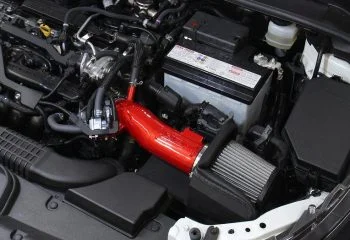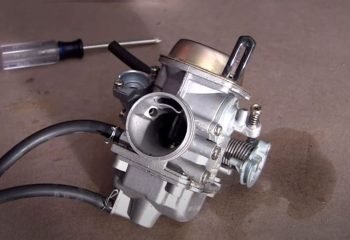Are you wondering why your car is having transmission problems? Have you noticed a rough idle or a jerking sensation when shifting gears? The answer could be related to the intake air temperature sensor. This important component in your engine helps determine airflow into the engine. If it’s not working correctly, your vehicle’s performance could suffer and issues such as those previously mentioned can occur.
In this comprehensive guide, we’ll discuss what an intake temperature sensor is, the intake air temperature sensor symptoms, and how to fix it quickly and safely. Keep reading to learn more about this essential component and its importance in keeping things running smoothly!
What's in this post?
The symptoms of a bad intake air temperature sensor
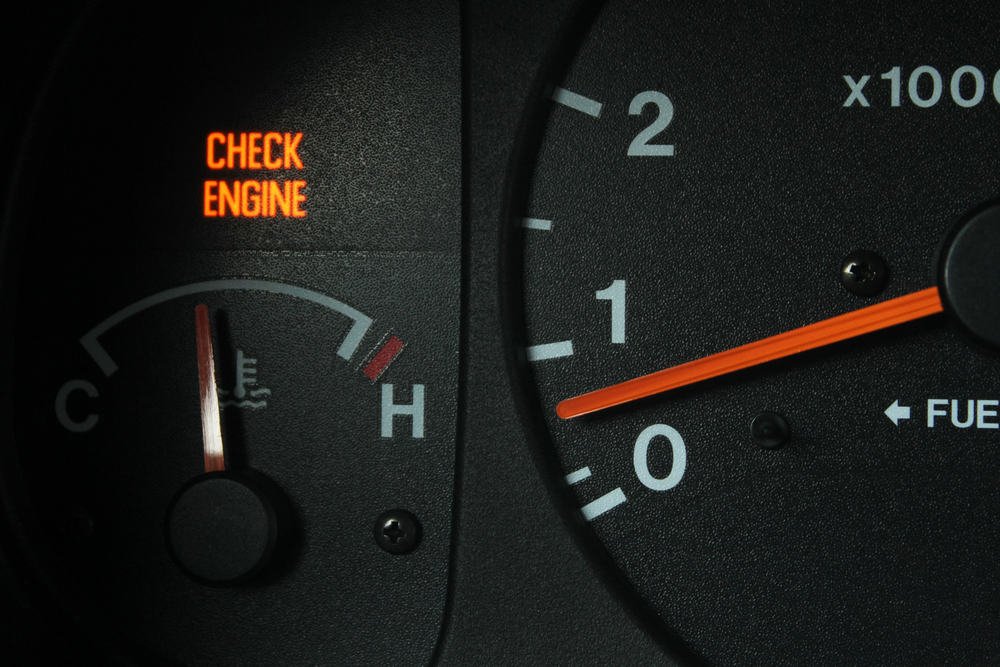
The symptoms of a bad intake air temperature sensor can include issues with fuel economy, engine performance, and starting the vehicle. If the air intake temperature is not correctly measured by the sensor, then it can lead to incorrect calculations from the ECU, which can result in issues such as poor acceleration, rough idle, stalling, or hard starts.
In addition, if the air intake temperature is too high, it can lead to inefficient combustion and poor fuel economy. It is important to inspect the sensor regularly and replace it when necessary in order to prevent potential engine damage and ensure optimal performance. If any of these symptoms occur, then it may be a sign that the air intake temperature sensor needs to be replaced.
What is the air intake temperature sensor?
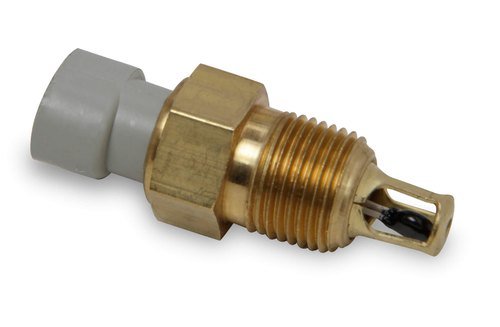
The air intake temperature sensor is an important component of engine management systems. It measures the temperature of the air entering the engine and sends a signal to the engine control unit (ECU). The ECU then adjusts fuel, ignition timing, and other engine parameters based on this information. This helps ensure that the engine runs as efficiently as possible for optimal performance.
Where is the air intake temperature sensor located?
The air intake temperature sensor is typically located near the air filter and is typically made of metal, such as aluminum or stainless steel. It can usually be found in the engine bay, near the throttle body on fuel-injected engines, or inside the carburetor on those with a carbureted system. It can be easily identified by its electrical connector, which may have markings such as “IAT”, “Air”, or “Temp”.
The exact location may vary depending on the make and model of the vehicle, so it is important to refer to the vehicle’s owner’s manual for more specific information.
Types and Prices of Intake Air Temperature Sensors
The type and price of air intake temperature sensors vary depending on the type of vehicle. For most vehicles, there are standard sensors with OBD2 connectors which range in price from around $20 to upwards of $150, depending on the brand and connector type.
Some vehicles may require special wiring harnesses or plugs, while others may just need an adapter to fit the existing sensor. Additionally, some vehicles may require specific sensors such as manifold absolute pressure (MAP) and mass airflow (MAF) sensors, which are much more expensive than standard OBD2 connectors.
It is important to check a vehicle’s repair manual for specific information about the sensor and the required connectors and adapters in order to ensure that the correct parts are purchased.
Additionally, sensor prices may vary depending on the vehicle manufacturer and model so it is important to compare the prices of different brands before making a purchase. Replacing an air intake temperature sensor when necessary can help extend the life of the engine by keeping it running at optimal performance levels.
Therefore, it is important to understand the types and prices of air intake temperature sensors in order to properly maintain the vehicle and prevent engine damage.
How the intake temperature sensor works
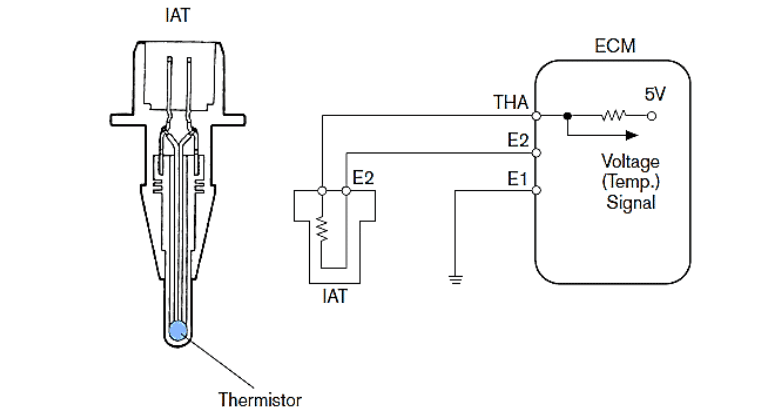
The air intake temperature sensor is an important component of engine management systems and works by measuring the temperature of the air entering the engine. It sends a signal to the engine control unit (ECU), which then adjusts fuel, ignition timing, and other engine parameters accordingly. This helps ensure that the engine runs as efficiently as possible for optimal performance.
The air intake temperature sensor typically consists of two main components: a thermistor and a resistor. The thermistor is made up of a metal alloy that changes resistance when exposed to different temperatures. This change in resistance is then used to measure the air intake temperature. The resistor provides a reference voltage, which helps reduce errors caused by variations in other electrical signals.
When the engine is cold, the air intake temperature is low, and the thermistor provides a low resistance reading which the ECU interprets as a cold start. As the engine warms up, the air intake temperature also increases and the thermistor’s resistance reading goes up. This higher resistance reading is then used by the ECU to adjust fuel and ignition timing accordingly for optimal performance.
Suggestion: What are some top rated cold air intake to consider?
Benefits of an intake air temperature sensor
The air intake temperature sensor is an important component of engine management systems and provides a variety of benefits. It helps to ensure that the engine runs as efficiently as possible by measuring the temperature of the air entering the engine and sending a signal to the ECU, which then adjusts fuel, ignition timing, and other engine parameters accordingly. This results in improved performance and better fuel economy.
The air intake temperature sensor also helps to prevent engine damage by monitoring operating temperatures. If the engine is running too hot, the ECU can adjust fuel and ignition timing accordingly to avoid potential damage. Additionally, regularly inspecting and replacing the air intake temperature sensor when necessary can help extend the life of the engine by keeping it running at optimal performance levels.
More to learn about intake system: How to Make Intake Sound Louder?
FAQs
Is the intake air temperature sensor the same as the MAF?
No, the intake air temperature sensor is not the same as a mass airflow (MAF) sensor. The intake air temperature sensor measures the temperature of the air entering the engine and sends a signal to the ECU, which then adjusts fuel, ignition timing, and other engine parameters accordingly.
A MAF sensor measures the amount of air entering the engine and is typically used to calculate the engine’s air-fuel ratio. Both sensors are important components of engine management systems and work together to ensure optimal performance. However, they each have different functions and should not be confused with one another.
How do I check the intake air temperature sensor?
To check the intake air temperature sensor, first locate it in the engine bay. It should be attached to a cold-air intake hose or directly to the throttle body of the vehicle. Once located, remove and inspect the connector for any signs of corrosion or damage. Additionally, a visual inspection may reveal any dirt buildup on the sensor, which can easily be cleaned with compressed air.
Next, use a digital multimeter to test the resistance of the sensor and compare it with the manufacturer’s specifications. If readings are not within spec, then it is likely that the sensor needs to be replaced.
Finally, inspect any wiring connected to the sensor for signs of wear or damage and replace it if necessary in order to ensure proper operation. It is important to ensure that the air intake temperature sensor is functioning properly in order to prevent potential damage to the engine and improve fuel economy.
Some reasons for a faulty IAT sensor
There are a few common reasons for a faulty intake air temperature (IAT) sensor. One of the most common is dirt or debris buildup on the sensor, which can cause inaccurate readings. Additionally, corrosion or damage to the connectors can disrupt the signal from the sensor and lead to incorrect measurements.
Finally, improper wiring or loose connections can also cause the IAT sensor to give inaccurate readings. It is important to inspect the sensor and all related wiring regularly in order to ensure proper operation of the engine management system and prevent potential engine damage. Regularly replacing the IAT sensor as needed can also help extend the life of an engine by keeping it running at optimal performance levels.
Can intake air temperature sensors cause misfires?
Yes, an incorrect reading from the intake air temperature sensor (IAT) can cause a misfire. The IAT sensor monitors the temperature of the air entering the engine and helps control the fuel mixture and spark timing. If there are incorrect readings from the IAT, then it can lead to an improper fuel/air mixture, causing misfires and poor performance.
It is important to inspect the IAT sensor for any dirt buildup or damage and replace it if necessary in order to prevent potential engine damage. Regularly replacing the IAT sensor as needed can help extend the life of an engine by keeping it running at optimal performance levels.
Conclusion
In conclusion, the intake air temperature sensor is an integral component of engine management systems and should be regularly inspected and maintained.
Intake air temperature sensor symptoms can include poor acceleration, rough idle, stalling, or hard starts as well as poor fuel economy. It is important to inspect the sensor for any dirt buildup or damage to the connectors as well as test the resistance with a digital multimeter.
Additionally, wiring and connections should also be inspected for wear or damage. Understanding the symptoms of a bad IAT sensor and properly maintaining it can help prevent potential engine damage and extend its life by keeping it running at optimal performance levels.



